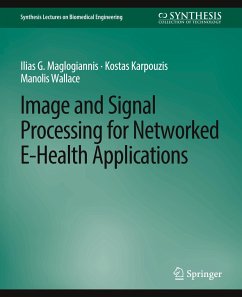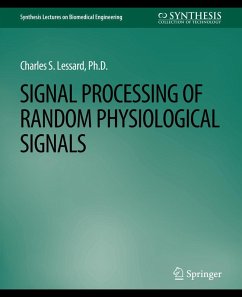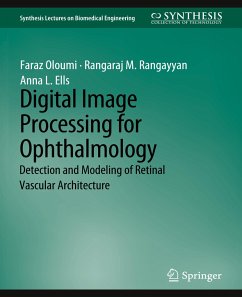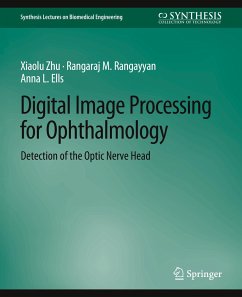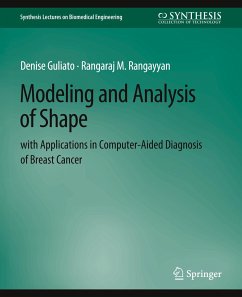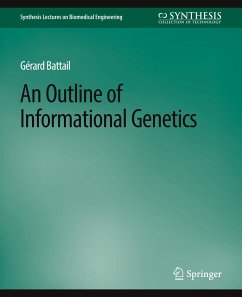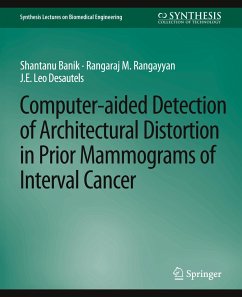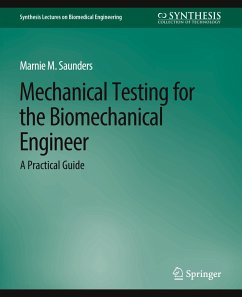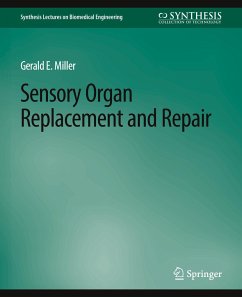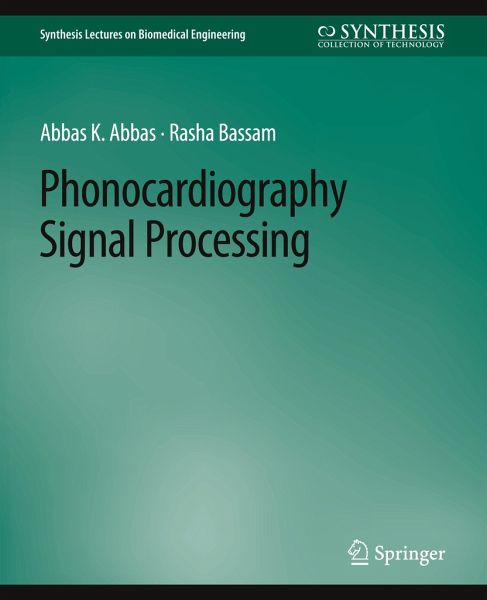
Phonocardiography Signal Processing

PAYBACK Punkte
0 °P sammeln!
The auscultation method is an important diagnostic indicator for hemodynamic anomalies. Heart sound classification and analysis play an important role in the auscultative diagnosis. The term phonocardiography refers to the tracing technique of heart sounds and the recording of cardiac acoustics vibration by means of a microphone-transducer. Therefore, understanding the nature and source of this signal is important to give us a tendency for developing a competent tool for further analysis and processing, in order to enhance and optimize cardiac clinical diagnostic approach. This book gives the ...
The auscultation method is an important diagnostic indicator for hemodynamic anomalies. Heart sound classification and analysis play an important role in the auscultative diagnosis. The term phonocardiography refers to the tracing technique of heart sounds and the recording of cardiac acoustics vibration by means of a microphone-transducer. Therefore, understanding the nature and source of this signal is important to give us a tendency for developing a competent tool for further analysis and processing, in order to enhance and optimize cardiac clinical diagnostic approach. This book gives the reader an inclusive view of the main aspects in phonocardiography signal processing. Table of Contents: Introduction to Phonocardiography Signal Processing / Phonocardiography Acoustics Measurement / PCG Signal Processing Framework / Phonocardiography Wavelets Analysis / Phonocardiography Spectral Analysis / PCG Pattern Classification / Special Application of Phonocardiography / PhonocardiographyAcoustic Imaging and Mapping



